So in this video from Ben Eater he makes a rising edge detector using a capacitor and a resistor like the one below.

simulate this circuit – Schematic created using CircuitLab
In the video Ben said that the circuit would produce a quick pulse whenever the clock signal switched to high. I simulated the circuit and found out that the circuit produces a positive voltage when the clock signal switches to high and a negative voltage when it switches to low. Here's an image of the simulation.
In the video the circuit worked as if the negative pulses were nonexistent. Why did it work? In the video the circuit is connected to the pins 4B and 3B of the chip SN74LS08. Could be something with the chip?

